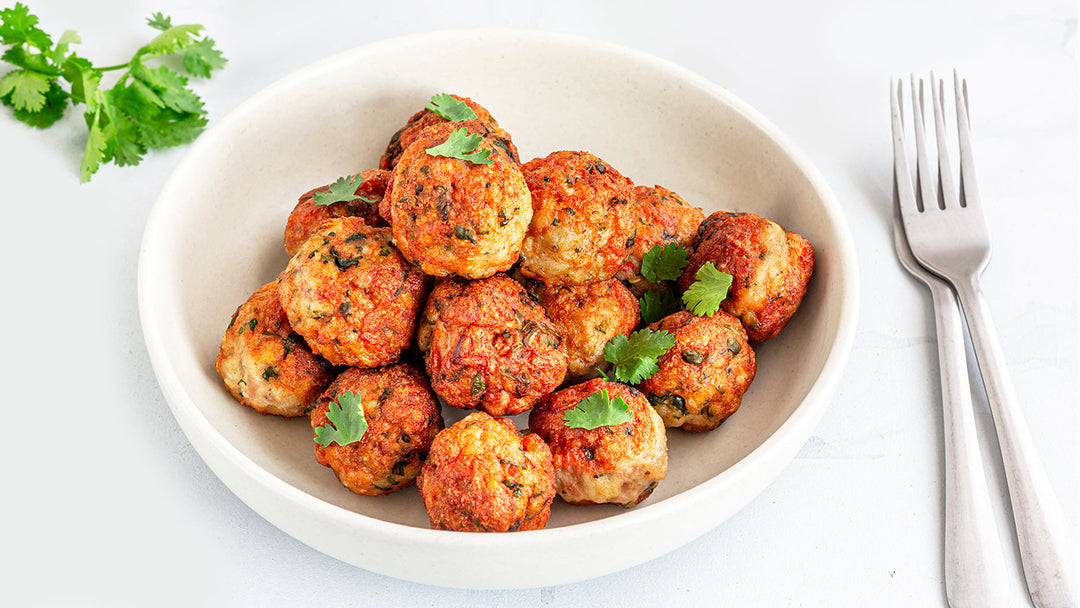Mastering Nonstick Cookware Care: Your Guide to Cleaning and Maintenance

Nonstick cookware is a beloved staple in many kitchens for its convenience and ease of use. However, to keep your nonstick pans in top condition and ensure they last for years to come, proper cleaning and maintenance are essential. In this comprehensive guide, we'll walk you through the dos and don'ts of cleaning your nonstick cookware to help you maintain its performance and prolong its lifespan.
Why Cleaning Nonstick Cookware Matters
While nonstick cookware may not be as robust as cast iron or stainless steel pans, it can still withstand years of use with the right care. Proper cleaning not only ensures hygienic cooking conditions but also prevents the buildup of residue and oils that can affect the pan's nonstick properties over time. By following a few simple guidelines, you can keep your nonstick cookware looking and performing its best for years to come.
Dos of Cleaning Nonstick Cookware
- Allow the Pan to Cool Completely: Before cleaning your nonstick pan, always ensure it has cooled down completely. Immersing a hot pan in cold water or using cold water on a hot pan can cause warping and damage to the surface.
- Clean Thoroughly After Each Use: Simply rinsing or wiping away visible residue is not enough. Thoroughly clean your nonstick pan with mild dishwashing liquid and a soft sponge, cleaning cloth, or gentle brush to remove all traces of food and oils.
- Use Mild Cleaning Materials: Avoid harsh, abrasive cleaning materials or detergents that can scratch or damage the nonstick coating. Instead, opt for mild dishwashing liquid and a soft sponge to gently clean the surface of the pan.
- Dry the Pan Completely: After cleaning, be sure to wipe the pan dry with a soft cloth to prevent water spots and maintain the pan's appearance. Proper drying also helps prevent oxidation and prolongs the life of the nonstick coating.
Don'ts of Cleaning Nonstick Cookware
- Avoid Harsh Abrasives: Never use steel wool or other abrasive cleaning materials on nonstick pans, as they can scratch and damage the nonstick coating, compromising its performance.
- Be Cautious with Dishwashers: While some nonstick pans may claim to be dishwasher safe, hand washing is still recommended to prolong their lifespan. Dishwashers use hot water and harsh detergents, which can wear down the nonstick coating over time.
- Prevent Buildup of Residue: Lingering residue can lead to unpleasant odors and affect the taste of your food. Always ensure thorough cleaning to remove all traces of food and oils from the pan's surface.
Other Cleaning Tips for Nonstick Cookware
- Pre-Seasoning: Before using nonstick cookware for the first time, clean it thoroughly with dish soap and hot water, then dry it completely. This step, known as pre-seasoning, helps prepare the surface for cooking and ensures optimal performance.
- Routine Cleaning: After each use, allow your nonstick pan to come to room temperature, then rinse it with warm water and use a gentle cleaning agent to remove any residue. Dry the pan thoroughly with a towel before storing it.
- Dealing with Worn Coatings: If your nonstick pan is severely scratched, peeling, or no longer nonstick, it's time to replace it. Worn coatings can contaminate your food and compromise the performance of the pan.
Conclusion
Proper cleaning and maintenance are essential for preserving the performance and longevity of your nonstick cookware. By following the dos and don'ts outlined in this guide, you can ensure your pans remain in top condition and continue to deliver delicious results with every use. With a little care and attention, your nonstick cookware will serve you well for years to come, making cooking a joyous and hassle-free experience.






Leave a comment